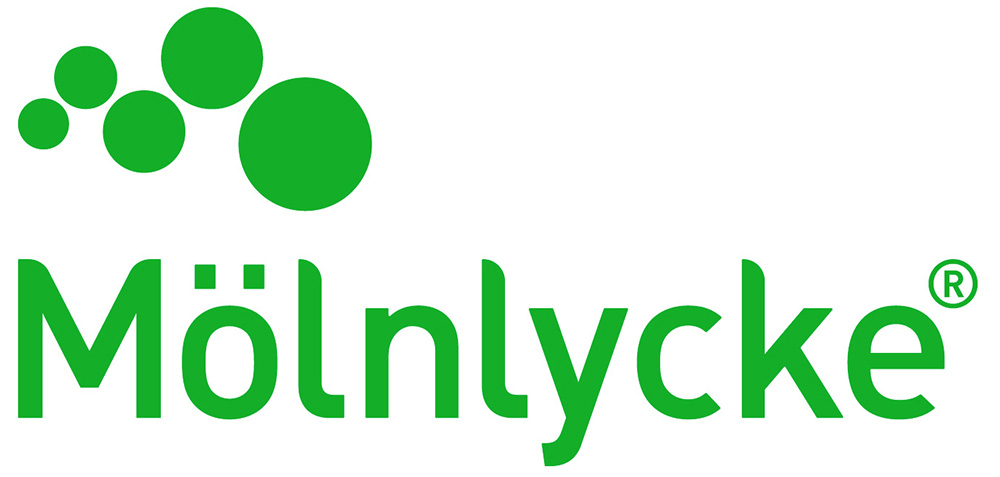Understanding Standards for Beds and Mattresses: Pressure Care Devices Flammability Safety Criteria
From a procurement perspective, what should be specified within the description of the relevant flammability criteria for selection of a pressure care device?

Introduction
From a procurement perspective, what should be specified within the description of the relevant flammability criteria for selection of a pressure care device? The answer is that there’s no simple answer, and it all falls back on ‘risk’. Even that is not straightforward since often we have a range of external (that are external to the device being specified) ‘environmental’ inputs, each at a point somewhere along a risk scale. It is the summation of the external risks relating to fire that will guide to the degree that the pressure care device needs to manage the fire risk. The end result inevitably will be some kind of compromise.
For this blog, we will only be covering pressure care devices which are offered as ‘medical devices’ since these are specifically excluded from UK fire regulations, whereas domestic beds, mattresses, and cushions fall under furnishings fire regulations.
Environmental Inputs
The following is a list of some of the inputs needing to be considered for the risk assessment: consider each on scale of 0 to 5. If the risk element is close to zero, then eliminate that input from the risk matrix (Within risk assessment methodology, to measure the criticality of the combined inputs it is normal to multiply together each of the scores above 0, rather than summing them.)
This list of inputs covers the ‘environmental’ risks to a patient. Once these have been assessed, then the properties of the pressure care device itself will come into play.
- Use environment. The scale of risk from fire will vary, depending on where the patient is situated. This will be along the scale of increasing risk from hospital to residential home to domestic home to ‘institutions’ like prisons.In the US, this is managed by requirements that institutional, i.e. non-domestic, settings have sprinkler systems to manage any fire, rather than relying on the pressure care device to control the fire risk. (Note that in England new-build residential homes must now have sprinkler systems installed.)
- User mobility. In the case of fire, how easily can the individual get away from the conflagration? If the user has impaired mobility, then the flame retardancy of the pressure care device becomes more important.
- User behaviour. There are environments where the degree of risk from the patients’ behaviours, be it from smoking, mental stability, cognitive ability, disruptive arson, or other, need to be taken into consideration.
- User – extraneous risks. Is the patient on oxygen and therefore potentially offering up a greater risk if a small fire were to start? Is the patient being treated with emollients – these are usually made up in volatile flammable solvents, and can be on the patient’s skin or on their clothing. How flammable are their clothing or their bed coverings in their own rights. Are alcohol wipes being used (there are many tales of cautery devices setting light to drapes in operating theatres!).
- User – pressure care device application. There will be less fire risk around a small device, such as a wheelchair cushion, than a full-size mattress, for example. When selecting a cushion for a wheelchair the risk from fire has been shown statistically to be very low, in part because the occupant’s body covers most of the pressure care product, whereas the potential risk of skin damage is high, because of the higher forces and lengths of time involved.
Product elements
If the combination of all the environmental risks is low, then full attention can be turned to the patient’s risks of tissue injury and how to prevent it. As the environmental risk score increases, then the prescriber needs to compromise between the risks to the patient from the environmental factors versus the risk of the ‘fire-proofed’ materials to his skin health.
- User – medical. The leading question here is which is the greater risk to the patient: serious health impairment from tissue injury or from fire?
- Ignition resistance vs retardancy. The subtle difference is between the likelihood of a device catching light, versus how quickly it will self-extinguish once alight. Around the world, most of the furnishing flammability standards have had as a minimum a lighted cigarette test as well as a flame test. In the UK we have also had Crib tests where increasing amounts of heat have been applied to the device: a Crib 5 test is a heat source designed to burn for 5 minutes, and a Crib 7 test for 7 minutes, for example.
- Fire retardants. Various fire retarding additives have been banned around the world arising from concerns about their biocompatibility when coming into contact with naked skin. For cover materials that are washed or cleaned down, do the retardants get washed away or deactivated, so should the device be tested as new or after several wash cycles?
- Materials – should the cover on its own and the inner material on its own be tested individually and/or the two together as a composite?
- Materials – even if the material passes the flammability testing, what is the risk of cyanides and other noxious gases given off while the product was combusting?
What is the minimum
The international wheelchair cushions standard working group came to the conclusion that a cigarette type of test would be appropriate around all the external and medical risks. They found that there was no such thing as a standard cigarette, however, so they came up with a surrogate cigarette in the form of a NiCr coil through which a suitable current is passed, and this has been accepted around the world including by the FDA: The standard is BS ISO 16840-15 plus Amd1.
This is being investigated by the International Mattress Standards Working Group and US safety bodies as being appropriate for mattresses. The coil current can be turned up to give the equivalent heat output of a flame or a Crib test. Meanwhile, the furnishing (i.e. cigarette, flame, and Crib) tests will be called upon.














